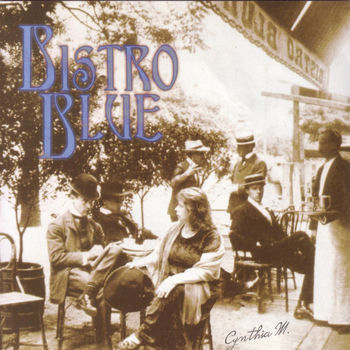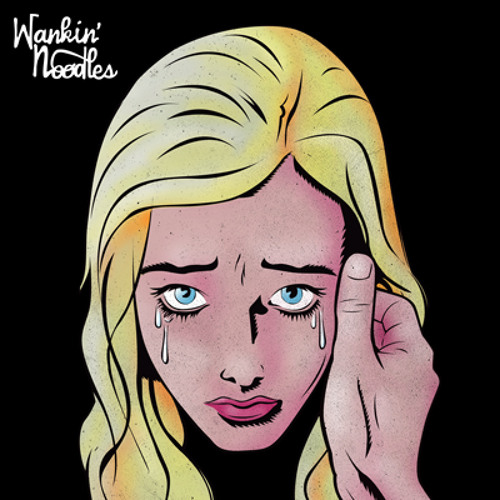

In this, Marjane followed the tradition of the chanteuses réalistes – realist singers – such as Fréhel and Damia. Marjane’s pure, innocently sensual delivery, so intimate that the microphone caught the breath on her lips, made her version an immediate classic and established the trademarks of her future recordings: the adaptation and redefinition of American standards, delivered with impeccable diction and an intuitive sense of style and natural drama, her voice catching and breaking in moments of emotion notes unexpectedly and unusually stressed. La Chapelle au Clair de Lune was an inspired and incandescent version of the banal In the Chapel in the Moonlight, a song popularised in Britain by Gracie Fields.

There, appearing at the Shéhérazade cabaret, she was spotted by Jean Bérard of Pathé Columbia, and in 1937 cut her first hit record, under the name Léo Marjane. With her first husband, the singer Raymond Gérard, she moved to Paris. In her teens, her prematurely mature voice won her a talent contest in Marseille. Marjane was born Thérèse Maria Léonie Gendebien in Boulogne and, abandoning early ambitions to be an acrobat, began singing publicly as a child. “If you like Léo Marjane, you need to have your head examined,” Marlene Dietrich told her friend David Bret but for many years millions disagreed.

Between 19, her warm, strong, vibrant contralto dominated the French airwaves, while beneath an aureole of flaming red hair, her cross, sexy face, palms characteristically pressed to the cheeks, graced the music hall and cabaret stage. Once the toast of occupied Paris, and one of France’s top recording stars, Léo Marjane, who has died aged 104, in later life became a noted breeder of Percheron horses.


 0 kommentar(er)
0 kommentar(er)
